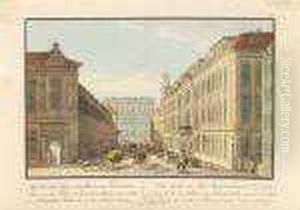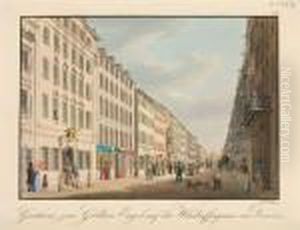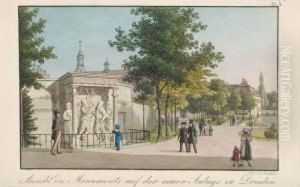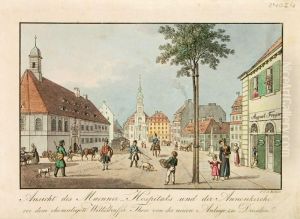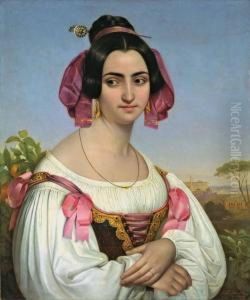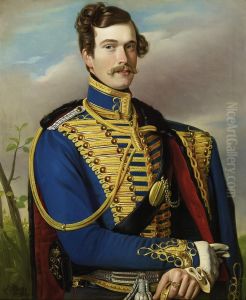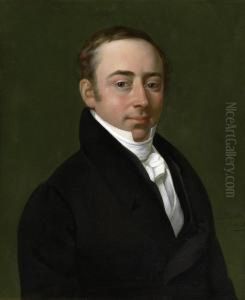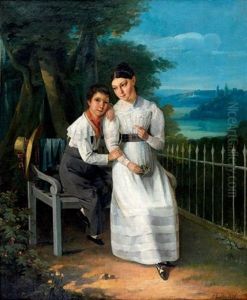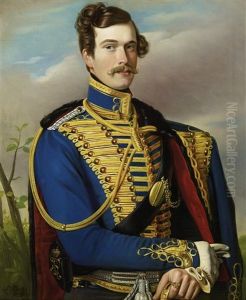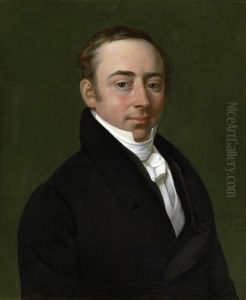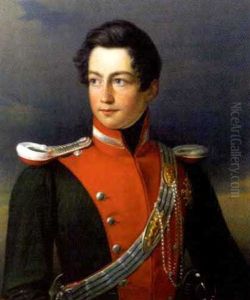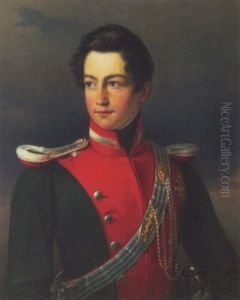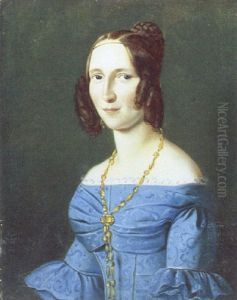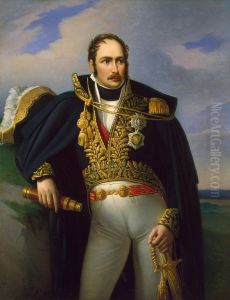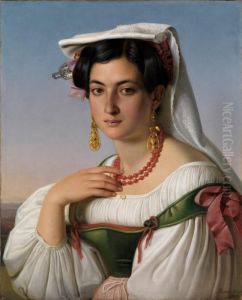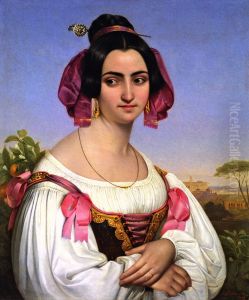Johann Heinrich Richter Paintings
Johann Heinrich Richter was a German artist, born in 1665, in the era of Baroque art which was characterized by its grandeur, rich colors, and dramatic use of light and shadow. Not to be confused with the 20th-century artists Hans Richter or Gerhard Richter, Johann Heinrich Richter was a lesser-known figure whose life and works are not extensively documented in the annals of art history.
Richter's career unfolded at a time when Europe was undergoing significant political, religious, and social changes. The Baroque style, to which he was a contributor, emerged partly in response to the Counter-Reformation, seeking to evoke emotional engagement and convey religious themes with intensity and directness. Richter's contributions would have been influenced by the broader artistic movements of his time, but specific records of his works and their impact are scarce.
Despite the lack of detailed biographical information, it can be surmised that Richter would have received traditional training, likely within a workshop or guild, which was the standard practice for artists of his era. He would have studied the techniques of oil painting, drawing, and perhaps sculpture, mastering the skills necessary to create the dramatic compositions typical of the period.
Richter's death occurred in 1726, by which time the Baroque style was beginning to give way to the lighter and more playful Rococo style. Unfortunately, without more substantial historical records, much about Richter's life, his artistic output, and his influence on his contemporaries and on subsequent generations of artists remains unknown. What is clear, however, is that he was part of a vibrant period of European art, contributing in his own way to the rich tapestry of Baroque visual culture.
